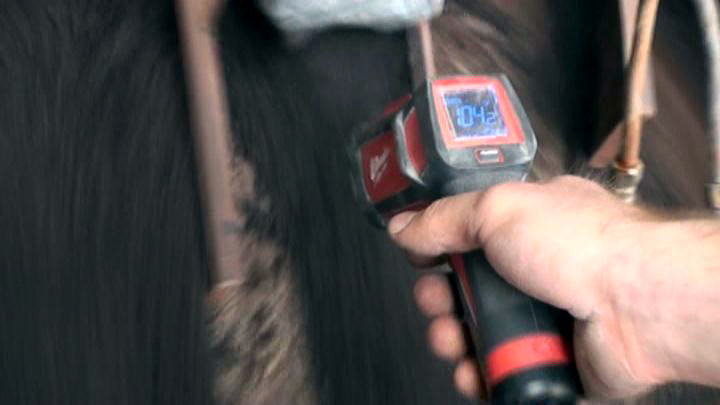Rotary dryers are the backbone of many industrial processes, ensuring bulk solids are properly and efficiently dried to produce a product ready for market or subsequent processing.
The design and sizing of a rotary dryer is engineered around the characteristics of the material to be processed in order to provide an optimal drying solution built with longevity and efficiency in mind.
In addition to bulk density and the required reduction in moisture, a material’s specific heat properties will also be an integral factor in the rotary dryer design process.
Material Specifications: Specific Heat
Specific heat is defined as how much energy it takes to raise one gram of material by one degree Celsius; essentially, it expresses how resistant a material is to heating.
A material’s specific heat relates to how well the atoms of a substance can transfer energy among themselves; those that can transfer energy well have a low specific heat, while those that can’t transfer energy well have a high specific heat, ultimately taking more energy to transfer heat from one atom to another.
Water, for example, has a very high specific heat, meaning that it requires a significant amount of energy to raise its temperature. Metals, however, have a low specific heat, meaning it takes much less energy to raise their temperature.
Design Parameters Influenced by Specific Heat
A material’s specific heat determines the amount of energy required to raise the temperature of the material to the desired level. As such, its ramifications can have an affect on a few key aspects of the dryer’s design:
Burner
The burner provides the specified amount of energy (BTU/hr, s/Watts, etc) needed to reach the target internal temperature of the dryer and ultimately the material. This amount of energy will be lesser or greater depending on the material’s specific heat and the burner will need to be designed accordingly.
Sodium, for example, has a relatively high specific heat compared to copper. As a result, a dryer processing sodium will require a much more powerful burner than a dryer processing the same amount of copper.
Retention/Residence Time
The specific heat of a material will also influence the retention time, or residence time. Retention time is the amount of time the material will need to reside in the dryer to achieve the desired results. Materials exhibiting a low specific heat require less time in the dryer than those with a high specific heat.
The retention time required will, in part, influence the length of the dryer.
Conclusion
A material’s specific heat is just one of the many factors to consider during the rotary dryer design process, with many other factors coming into play. FEECO has been engineering custom rotary dryers around the unique characteristics of the material to be processed since 1951. For more information on rotary dryer design, contact us today!



